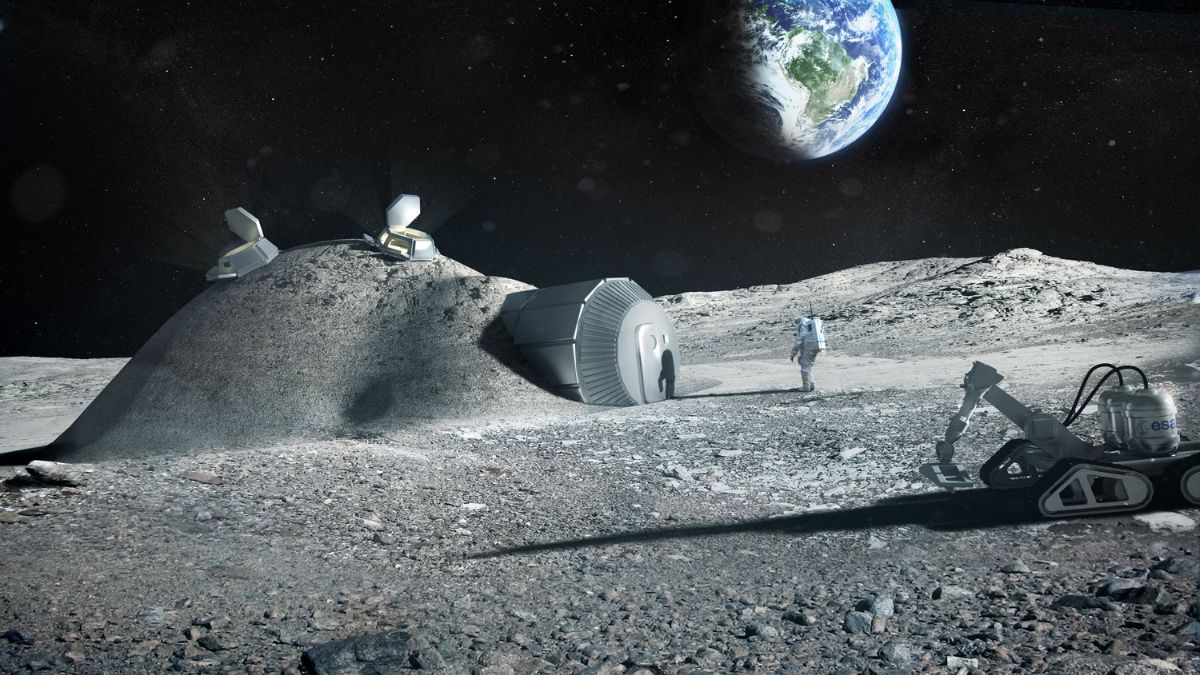Construction, as we know it, is on the edge of a major transformation. Once seen as a top polluter, the industry is slowly shifting towards sustainability. But slow progress may not be enough—especially in the face of climate change. That’s why an ambitious new idea is making headlines: buildings that absorb their own CO2. Backed by none other than Bill Gates, this new approach could completely change how we build—and how we protect the planet.
Let’s break it down.
Transition
Construction is one of the biggest contributors to environmental pollution. From dust and noise to water contamination and carbon emissions, the sector leaves a heavy footprint. Diesel-powered machinery, toxic materials, and demolition waste all contribute to this problem.
While there’s growing awareness, the shift to net-zero emissions in construction has been sluggish. Why? Because going green still comes with high upfront costs, resistance to change within the industry, and weak environmental regulations in some regions.
However, there’s momentum building. Cleaner materials, better construction methods, and public pressure are all pushing the sector to change. Governments and companies alike are exploring more responsible ways to build.
Breakthrough
Now, here comes the game-changer: Graphyte, a U.S.-based startup backed by Breakthrough Energy Ventures—a clean energy fund co-founded by Bill Gates. Their innovation? Something called carbon casting.
Graphyte’s process takes waste plant materials—like wood scraps or rice husks—and compresses them into carbon-rich blocks. These blocks store carbon dioxide and prevent it from returning to the atmosphere.
In other words, buildings made with these blocks lock away CO2—the very gas responsible for global warming.
Benefits
Graphyte’s carbon blocks do more than just trap CO2. They’re designed to replace traditional construction materials while improving building performance. Here’s what they offer:
| Benefit | Description |
|---|---|
| Carbon sequestration | Stores carbon long-term inside buildings |
| Structural strength | Strong enough to replace common building blocks |
| Insulation | Helps regulate indoor temperatures, reducing energy use |
| Waste reduction | Uses agricultural waste instead of virgin materials |
| Lower emissions | Cuts emissions from both material production and usage |
These materials are not only carbon neutral—they could make buildings carbon negative, actively reducing a city’s carbon footprint just by being there.
Scale
One of the best parts? Graphyte’s solution is scalable. Unlike some high-tech climate fixes that require massive investment or rare resources, carbon casting is based on waste biomass, something we already have in abundance.
This approach doesn’t compete with food production or require new land. It uses what we would otherwise throw away. And because these materials are versatile, they can be used in everything from homes and office towers to roads and infrastructure projects.
Future
This isn’t just about making buildings “greener”—it’s about reimagining cities. Imagine structures that don’t just minimize pollution, but actively help clean the air. Picture neighborhoods made from recycled plant matter that contribute to reversing climate change.
That’s the promise of carbon-storing buildings: turning construction from a major emitter into a climate solution.
If widely adopted, this innovation could make a huge difference. Cities of the future could become self-sustaining ecosystems, where buildings store carbon, waste is reused, and pollution is no longer a byproduct of progress.
FAQs
What is carbon casting?
A method using biomass to create blocks that trap CO2 underground.
Who funds Graphyte?
Graphyte is backed by Bill Gates’ Breakthrough Energy Ventures.
Can these materials replace traditional ones?
Yes, they offer strength, insulation, and carbon storage.
Is this solution scalable?
Yes, it uses common agricultural waste as raw material.
How do these buildings help the environment?
They absorb and store CO2, making them carbon negative.























